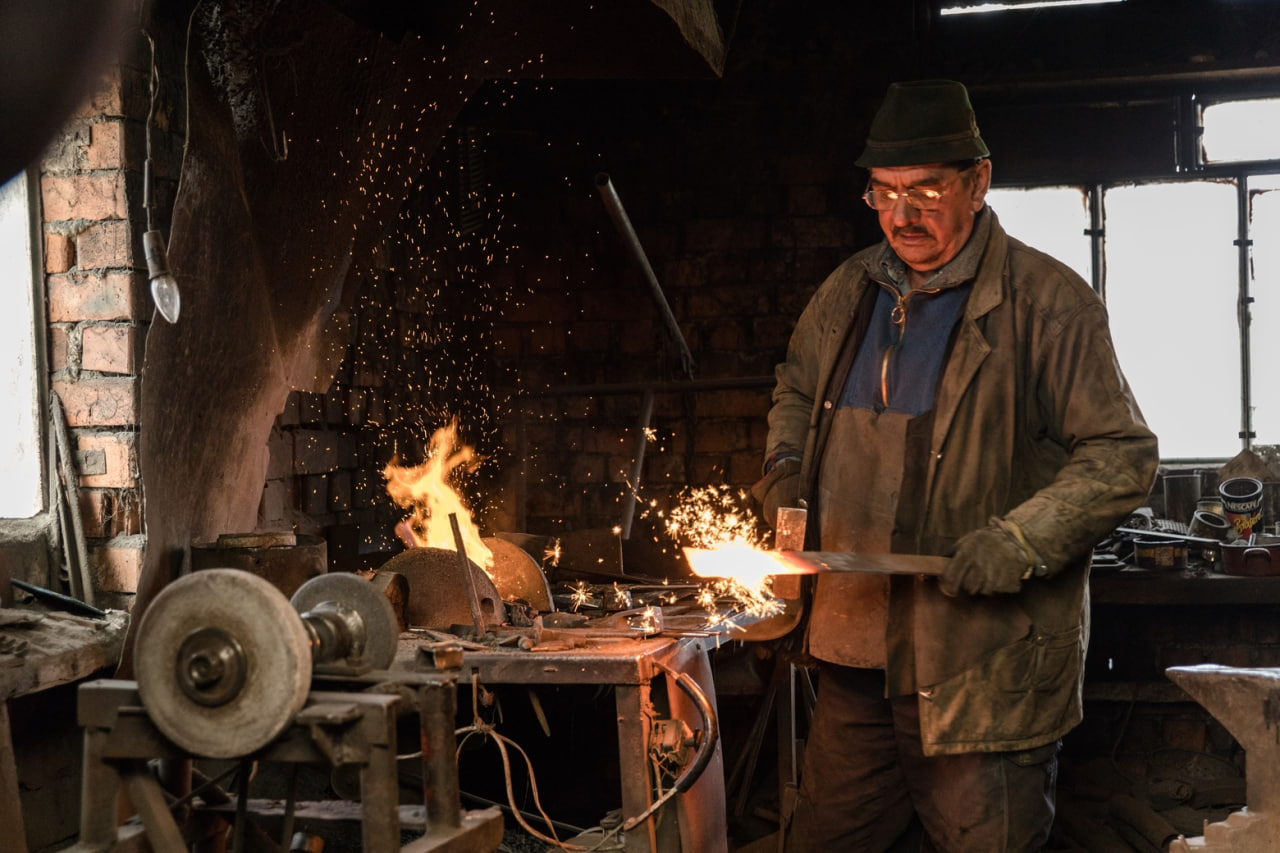The Best Fluffy Pancakes recipe you will fall in love with. Full of tips and tricks to help you make the best pancakes.

Metalworking is a craft that combines skill, precision, and creativity. At its core, shaping metal involves three fundamental processes: forging, cutting, and finishing. Mastering these techniques allows blacksmiths to transform raw metal into functional tools, decorative pieces, and artistic creations. Understanding the principles behind each technique provides a strong foundation for beginners and sets the stage for more advanced projects.
Forging Basics
Forging is the process of shaping metal by applying heat and force. Heating metal to a malleable temperature allows it to be hammered, bent, or stretched into desired forms. The key to successful forging is understanding how metal reacts to heat and force.
Beginners should start with basic techniques such as drawing out, upsetting, and bending. Drawing out stretches the metal, making it longer and thinner. Upsetting compresses it to create thickness in a specific area. Bending shapes the metal into angles or curves. Proper hammer technique and maintaining control over each strike are essential for precision and efficiency.
Cutting Techniques
Cutting metal is an essential step in shaping and fitting components. Tools like chisels, hacksaws, and angle grinders allow for precise separation of material.
A cold chisel is used for cutting unheated metal, while a hot chisel works on pieces that have been forged or softened. Hacksaws provide controlled cuts for smaller stock, and angle grinders are versatile for cutting and smoothing edges. Choosing the right cutting method depends on the thickness, type, and desired shape of the metal. Proper safety precautions, such as wearing gloves and eye protection, are crucial during all cutting operations.
Punching and Drifting
Punching and drifting are techniques used to create holes or modify existing ones. Punches drive through heated metal to create openings, while drifts enlarge or shape holes.
Correct alignment and controlled force are critical to avoid damaging the workpiece. These techniques are often combined with forging to produce functional items such as riveted joints, decorative patterns, and mechanical components. Mastering punching and drifting improves precision and expands the range of projects a blacksmith can tackle.
Bending and Twisting
Shaping metal often requires bending and twisting. Using tools like the horn of an anvil, jigs, or bending forks, metal can be curved, twisted, or spiraled into intricate forms.
Beginners should practice consistent, measured movements to achieve smooth, even shapes. Bending and twisting techniques are essential for creating hooks, scrolls, and ornamental elements, as well as functional components such as brackets and handles.
Joining Methods
Joining metal pieces is a fundamental skill. Techniques include riveting, welding, and forge welding. Riveting connects components using metal pins, while welding fuses metals together using heat or pressure.
Forge welding, a traditional blacksmithing technique, involves heating two pieces of metal until malleable and hammering them to create a solid bond. Proper preparation, alignment, and heating are essential to ensure a strong, durable joint. Beginners should start with simple joining projects before attempting more complex assemblies.
Finishing Basics
Finishing techniques enhance the appearance, durability, and functionality of metal projects. Common finishing processes include filing, grinding, polishing, and applying protective coatings.
Files and rasps smooth rough edges and refine shapes. Grinding removes excess material and levels surfaces. Polishing creates a clean, reflective finish, while coatings such as oil, wax, or paint protect metal from corrosion and wear. Learning to finish properly not only improves aesthetics but also extends the life of tools and decorative pieces.
Heat Treatment
Heat treatment strengthens and modifies metal properties. Quenching and tempering are the most common processes. Quenching rapidly cools heated metal to harden it, while tempering reheats the metal at a lower temperature to reduce brittleness.
Understanding heat treatment helps beginners control hardness, flexibility, and durability in their projects. Correct timing, temperature, and handling are critical to avoid cracks or warping.
Maintaining Control and Precision
Shaping metal successfully depends on control and precision. Beginners should focus on steady hammering, consistent angles, and measured force. Proper body positioning, tool handling, and workspace organization improve accuracy and reduce fatigue.
Practicing small, manageable projects allows beginners to develop muscle memory, refine technique, and gain confidence before tackling larger or more complex pieces.
Tool Knowledge
Each tool in blacksmithing has a specific purpose and mastering their use is essential. Hammers, tongs, chisels, anvils, vises, and files all contribute to shaping, cutting, and finishing metal efficiently. Understanding which tool to use, when, and how to maintain it ensures both safety and high-quality results.
Practice and Patience
Metalworking requires patience, repetition, and attention to detail. Beginners should approach each technique methodically, focusing on proper execution rather than speed. Over time, consistent practice develops confidence, skill, and the ability to take on advanced techniques and larger projects.
